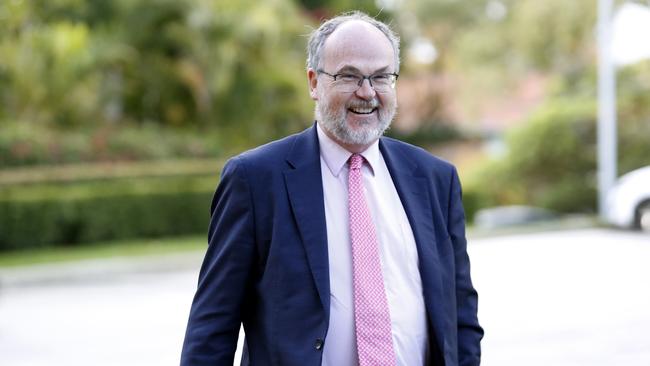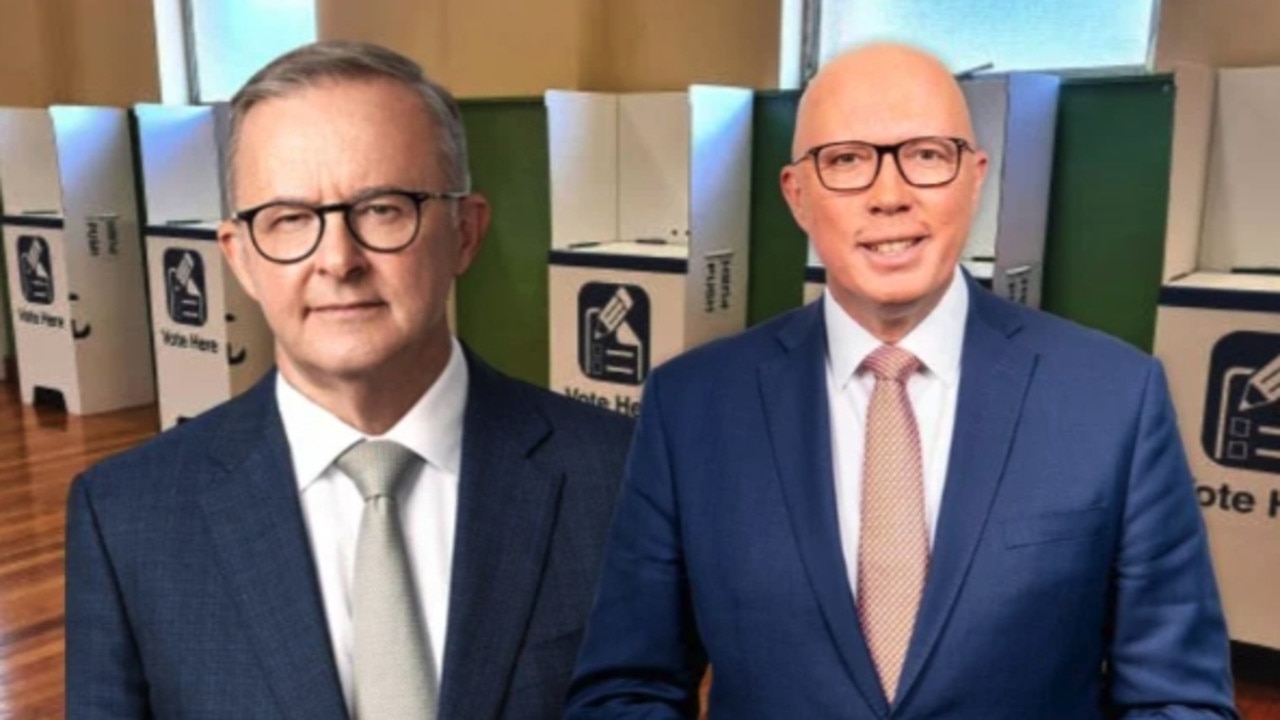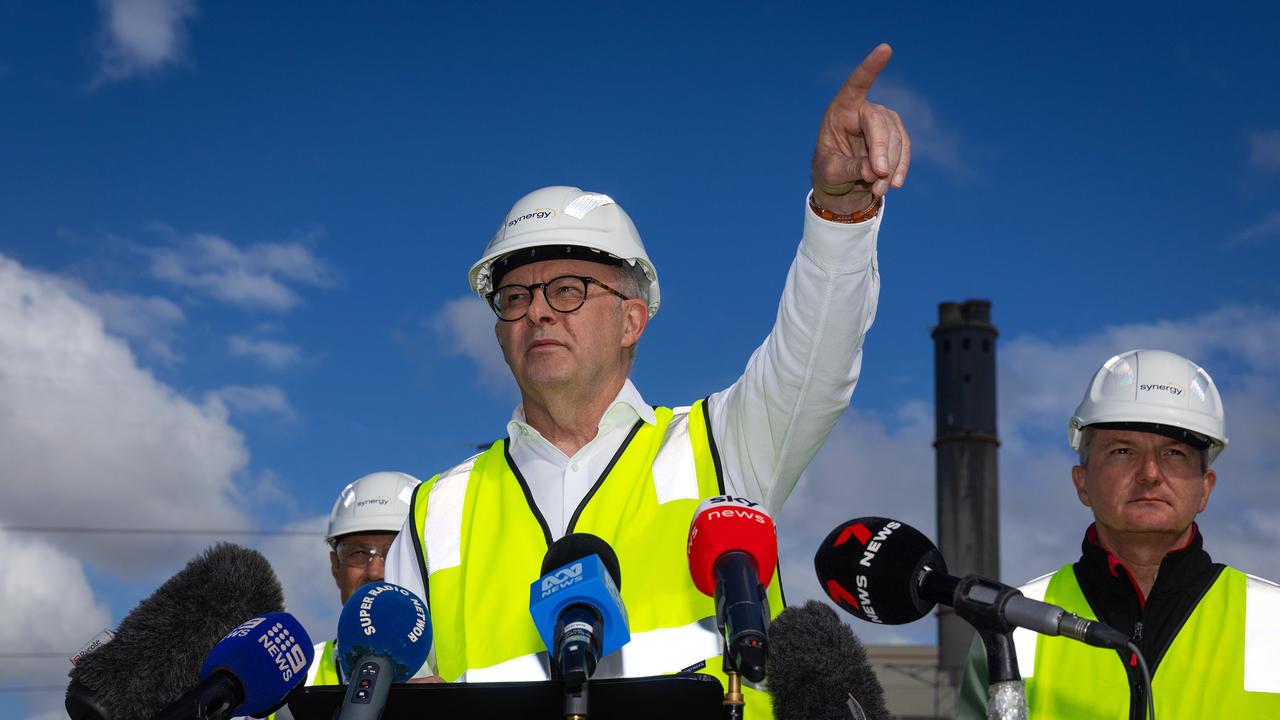WA energy hub behemoth signs deal with Korea Electric Power Corporation
The Western Green Energy Hub in WA’s Goldfields-Esperance region has signed a deal with South Korea’s biggest electricity utility, Korea Electric Power Corporation.

The Western Green Energy Hub – one of the largest energy infrastructure projects being developed globally – has signed a deal with South Korea’s biggest electricity utility.
The $100bn renewable energy hub in Western Australia’s Goldfields-Esperance region will cover 15,000 square kilometres and is expected to contain around 3000 wind turbines and 25 million solar panel modules.
The renewable energy generated will be used to produce green hydrogen, a zero-emission energy source that is the subject of intense global interest as resource-poor countries look to wean themselves off fossil fuels.
In an announcement that will advance development, WA Energy Minister Bill Johnston said the Western Green Energy Hub had agreed to a partnership with the Korea Electric Power Corporation.
Mr Johnston said the deal would see the two work together to assess how a significant green hydrogen hub could be created.
“The MoU is a key step forward in the process of having this major project completed,” Mr Johnston said.
“This is an exciting project for Western Australia and will put our state at the forefront of producing green hydrogen, making it competitive on a worldwide scale.”
Should the Western Green Energy Hub materialise, it would be a major boost to the Australian hopes to dominate the global hydrogen trade.
The Western Green Energy Hub is expected to produce 20 million tonnes of green ammonia a year for both domestic use and international export.
Hydrogen is produced by splitting water into its core elements – hydrogen and oxygen. Producers will keep hydrogen in one of three different states: a gas, a liquid or as ammonia.
Transforming hydrogen into ammonia before it is stored would lower transportation costs. Ammonia has 35 per cent higher energy density than hydrogen and has a much higher liquefaction temperature, at minus 33 degrees.
Producing large amounts of ammonia would allow Australia to tap into a lucrative market.
Demand for hydrogen is expected to soar by the end of this decade, with the International Energy Agency’s closely watched World Energy Outlook expecting demand to increase up to 30-fold by 2030.
Much of the demand is expected to be led by Asia, and most notably Japan, which has placed hydrogen at the heart of its energy transition plans. In April, Japan set a new ambitious target of boosting supplies of hydrogen to 12 million tonnes by 2040, up from its previous goal of two million tonnes by 2030.
But Australia is facing growing international competition. The US is pushing aggressively to establish itself as a leading producer and US President Joe Biden has bolstered the industry with large production sweeteners.
There is also uncertainty about the prospects for hydrogen. Hydrogen requires significant amounts of power to be produced, and Australia would need a significant expansion in renewable energy generation to meet that requirement.
Domestically, Australia is unlikely to be a major consumer of hydrogen. Should it develop the huge renewable energy capacity, it would simply use the electricity rather than use it to produce hydrogen.




To join the conversation, please log in. Don't have an account? Register
Join the conversation, you are commenting as Logout